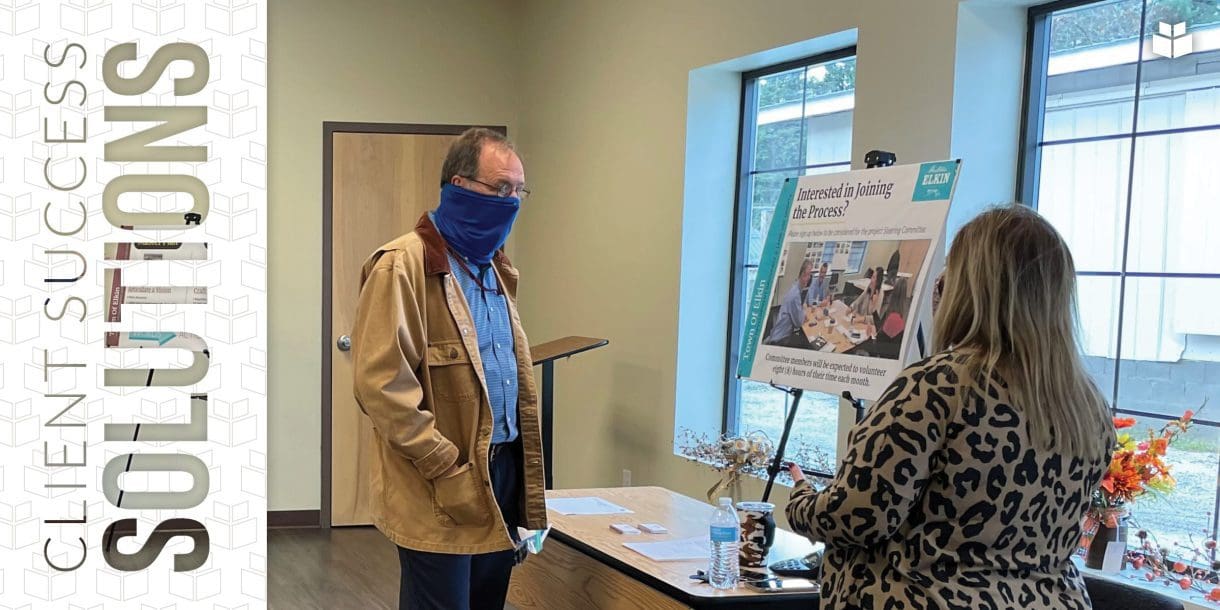
Most municipalities have a zoning ordinance, and many are increasingly opting to have a Unified Development Ordinance (UDO) in place. UDOs combine zoning and subdivision ordinance, and, in some cases, a design standards manual and other development-related ordinances.
Every municipality in North Carolina that currently has a zoning ordinance or a UDO was required to update their documents to incorporate the legislative changes of N.C.G.S. 160D by July 1, 2021.
If municipalities did not meet that deadline, they should be actively looking to update their ordinance(s) as soon as possible,says Karen Mallo, AICP, a planner with WithersRavenel’s planning team.
She recommends that a zoning ordinance be reviewed with some frequency to ensure it is meeting the needs of the community.
In some municipalities this is an on-going process, and in some the re-evaluation happens on a yearly basis or longer interval. I would say if a zoning ordinance is still referencing record players, telephone booths, and video rental stores, it’s time to update,according to Mallo.
However, it is vital that a municipality undertake the effort to update their zoning ordinances or their UDOs, which are important tools for the growth of any community. A city or town’s goals and objectives that are laid out in comprehensive or land use plans are put into effect through an ordinance.
The UDO is the document that indicates what uses go where, how they get built, and what they will look like when they are complete,Mallo said. In order to fully shape the community in the way that is desired by its constituents, the municipality needs to focus its efforts on updating the UDO frequently.Mallo says that there are some questions to ask:
- Does the ordinance address the uses that are being developed?
- Are there standards in place to control growth and density that is happening in your community?
- Is the ordinance equitable?
- Is the development process easy to understand?
It’s important to stay ahead of the curve, to be proactive rather than reactive and ensure that elements such as infrastructure, architectural features, sidewalks, and landscaping, are required when development occurs,she said.
Having such a document has its benefits, among them:
- Development is cohesive and in-line with the community goals
- Infrastructure and amenities are provided to service and enhance the proposed development
- Policies and procedures are clear
- Ordinance regulations are equitable and consistent with current legislation and case law
Every project of this nature comes with its set of challenges. A big hurdle can be a lack of an existing comprehensive plan for the community.
Without some type of guidance document, you are basing many provisions off existing trends rather than having the benefit of future growth patterns discovered during that planning process,Mallo explained. While it is difficult, we typically work closely with the community and staff to develop a future vision and discuss the impacts that certain ordinance regulations will have on their community.However, this issue will eventually be overcome through a North Carolina requirement that all municipalities with zoning have either an adopted comprehensive plan or a land use plan by July 1, 2022.
Another challenge that localities face with ordinance documents is frequent rule changes. State legislation and case law updates require revisions to local ordinances to ensure they are meeting requirements and avoiding any potential litigation.
Mallo and the team of planners at WithersRavenel preempt this issue by keeping in step with the changes.
As certified planners with AICP, we are required to maintain our certification through continuing education, including a minimum number of law credits,she said.
In taking these classes and other classes, reading UNC’s School of Government blogs and updates, and keeping apprised of recent case law and legislative updates, we are able to keep our clients informed and incorporate these updates into the ordinances we are revising or writing.”
For ordinance updates, the time frames vary significantly, and schedules depend on a community’s involvement in the process, and how in-depth and detailed they want a document to be.
Some communities just want us to come in and do a quick update, and they have a very specific list of things they want updated; in other communities, we do a completely new ordinance, Mallo said.
The level of public engagement also impacts a project schedule. Generally, a UDO update or rewrite will run between 6 months to 24 months.”
In the past 18 months, WithersRavenel’s planning team has had clients reach out to meet the July 1 deadline for the 160D updates.
With those deadlines met, there are municipalities looking to protect their community character, ensure infrastructure is adequate to accommodate the development, and create standards to buffer and protect against the impacts of the development.
Clients want to update their list of uses and zoning districts and create regulations that incorporate best practices,according to Mallo.
A recurring theme we have seen this last year in our ordinance updates has been housing – types, densities, lot dimensions, etc. Clients want to ensure they allow for a variety of housing while protecting existing neighborhoods.”
Are you looking to create, update, or strengthen your community’s planning documents? Reach out to Karen Mallo at kmallo@withersravenel.com or (919) 238-0480.
